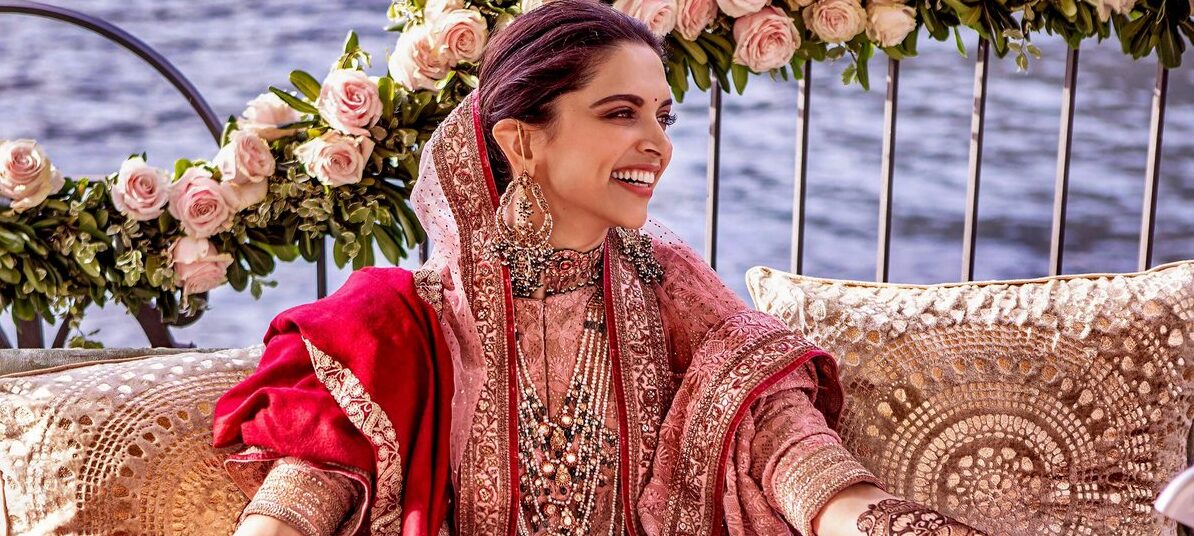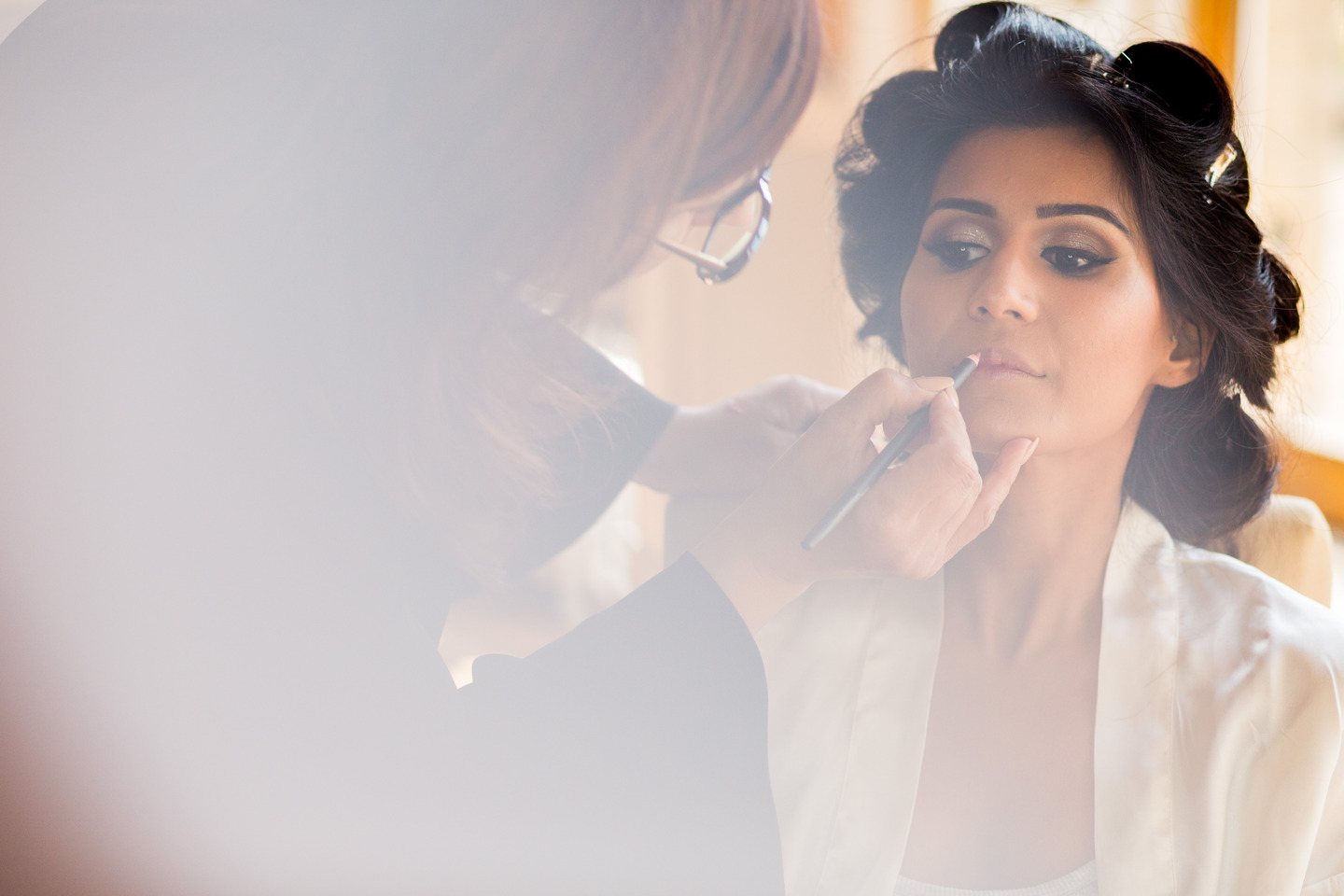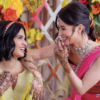Tradition and transformation are two words that capture the spirit of the modern Indian bride. And nowhere is this more visible than in her choice of hairstyle, particularly the timeless, versatile bun. Long considered a bridal classic, the bun has emerged from beneath layers of dupattas and embellishment, stepping into the spotlight as a powerful style statement. Gone are the days when bridal buns were stiff, uniform coils hidden under veils and jewels. Today, they’re fluid, expressive, and deeply personal, echoing the bride’s aesthetic, outfit, and individuality. From textured low buns to floral-accented knots, the bridal bun has transformed from a static tradition into a dynamic beauty signature.
To understand this shift, we turn to Kashni M. Suri, a Birmingham-based makeup artist whose work spans continents and cultures. “I’m shy when it comes to showing up for myself, but when it’s about makeup, I’m all in. I love working with brides, it’s such an emotional, transformative moment, and being part of that journey feels incredibly special.” This spirit of connection is evident in how buns are being reimagined today. Brides are no longer looking for cookie-cutter hairstyles. They want buns that reflect who they are — styles that are elegant, yes, but also effortless, modern, and comfortable.
From hidden tradition to hero hairstyle
Traditional bridal buns in India were often hidden under layers of dupattas or elaborate jewellery. But over time, they’ve evolved into something more expressive. Today’s brides are looking for elegance without rigidity; buns that feel polished yet personal. Whether it’s a softly textured chignon or a sleek low knot, the bun has become less about tradition and more about complementing the individual bride’s look and personality.
“With hair off the face, every detail stands out — brows, base, eyes,” says Kashni. “You can’t hide behind hair, so precision matters more.” This visibility has shifted the stakes. The bun is no longer just about hair, it’s about the entire canvas. A well-structured bun opens up the face, inviting intentionality in every makeup choice.
What’s trending: Buns brides love
These aren’t just Pinterest favourites or runway repeats, these are the styles experts like Kashni and UK-based celebrity hairstylist Aamir Naveed find themselves recommending most often to modern brides. They balance beauty with practicality, and tradition with a touch of individuality.
The textured low bun: Soft, lived-in texture with a slightly undone finish. Perfect for brides who want something effortless but still refined.
The sleek middle-parted bun: A classic that works beautifully with veils, mathapattis, or contemporary silhouettes. “A centre-parted sleek bun can sometimes look very editorial, which is beautiful,” Kashni says, “but on a wedding day, you want to soften that edge with warmth in the makeup.”
Figure-8 bun: “If it’s a traditional look, keeping the hair sleek and the bun a bit small using their own hair to create almost a knot is more on trend,” shares Aamir. “But alternative bun shapes are chicer, like the figure 8 bun that Sophia Richie rocked at the Met Gala.”
Classic French twist: “It’s making a huge comeback rather than a bun,” says Aamir. “And it’s such a great civil wedding or reception look.”
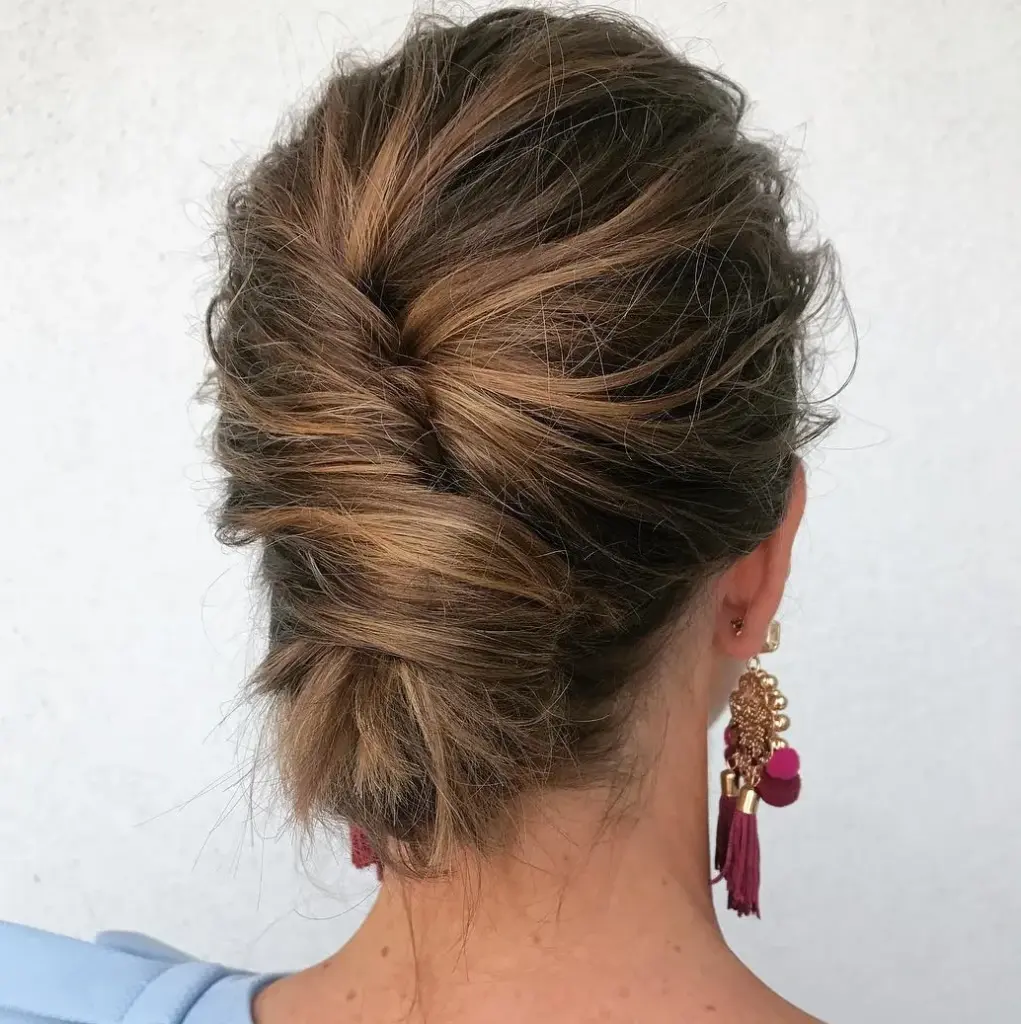
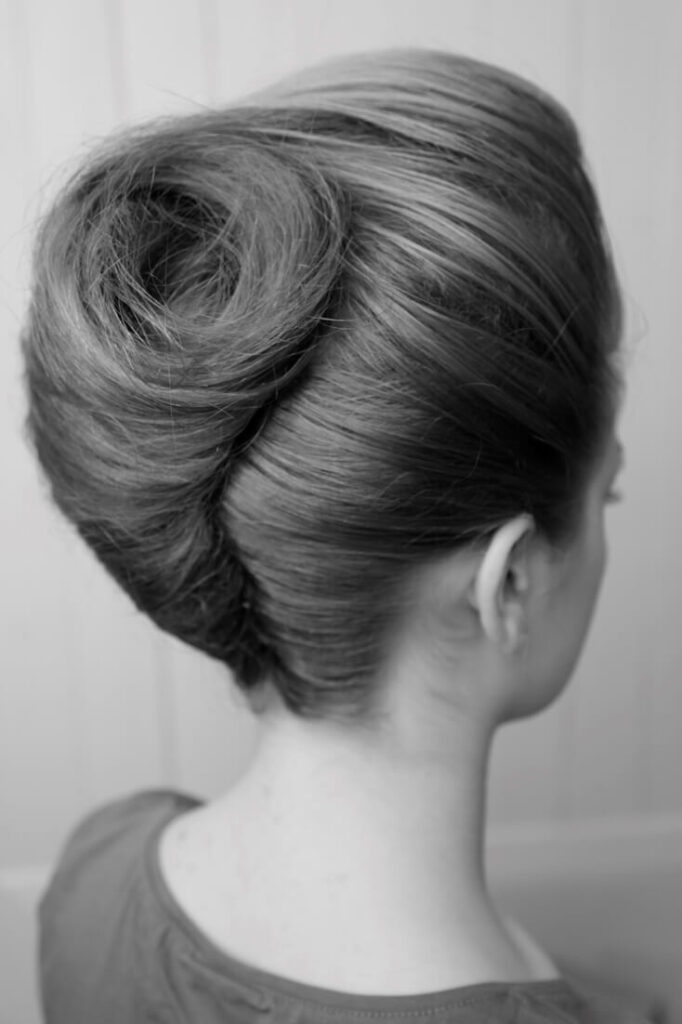
High sculptural buns: “People like Kim Kardashian continue to inspire brides,” adds Aamir, “and she’s really brought back wearing a higher bun — especially for reception events.”
Braided elements: Incorporating fine braids into the bun adds detail without overpowering the overall look.
Gajra revival: We’re seeing a beautiful return of fresh florals, especially in minimal settings. A single string of jasmine wrapped around a clean bun can be breathtaking.
How to choose your bridal bun
A bun may seem like a small detail, but it can dramatically impact the overall look. Here are a few tips to help brides (and their stylists) pick a style that aligns with their face shape, outfit, and comfort. “A lot of brides aren’t always comfortable with hair up of any sort,” Aamir points out, “but what they don’t realise is that sometimes a bun can really snatch their face and allow their outfit to shine, rather than having hair getting stuck in the outfit.”
Face shape: Softer, looser buns with some volume at the crown can help elongate rounder faces. Sleek, tucked styles flatter more angular features.
Outfit neckline: “It’s really important to consider the neckline of the outfit,” Kashni advises. “A high neck with a bun needs makeup that elongates and lifts the face, while an open neckline gives more freedom for bolder looks.”
Dupatta placement: Consider how your dupatta is being draped. A low bun often offers more room and comfort for double dupatta looks.
Do’s & Don’ts
As much as choosing the right bun is an art, it’s also about practical decisions. Weather, outfit, jewellery, and personal comfort all play a part. Here’s a quick guide:
Do a trial if you’re unsure. It can help you visualise the full look.
Don’t overload the bun with accessories. Let either the jewellery or hair be the focus, not both. Sometimes, less really is more.
Do factor in weather and hair texture. Frizz control and good prep make a world of difference, especially for destination weddings.
Don’t forget comfort. It’s going to be a long day, and the bun should hold — but not hurt.
The final words: It’s personal
“Beauty, to me, is more than just products. It’s about capturing your personality and making sure you feel confident and at your best. I’ll always listen to what you want, and as a professional, I’ll give you the guidance to bring your vision to life.” This philosophy carries through in Kashni’s hairstyling too. While techniques and trends may change, the best bridal buns are those that feel true to the woman wearing them. Whether sleek or tousled, accessorised or minimalist, a bun should support, not overshadow the bride’s presence.
Today’s Indian bride wants her hair to speak of her, not just tradition. And in the hands of artists like Kashni and Aamir, the humble bridal bun becomes a quiet, confident crown — one that celebrates the past but belongs entirely to the present.



